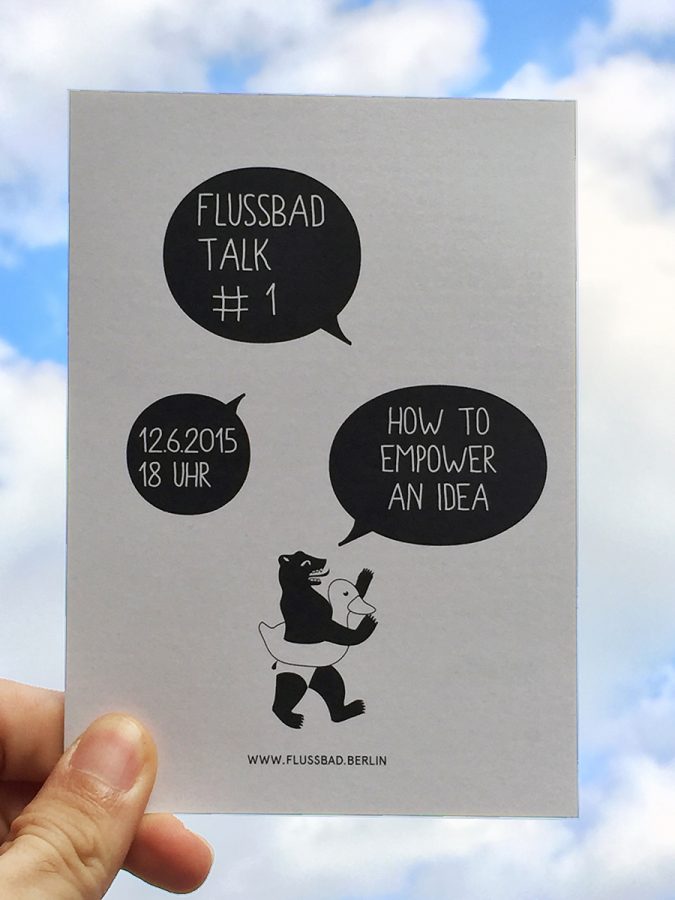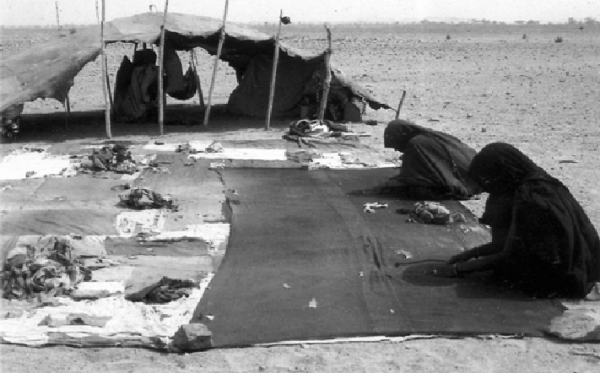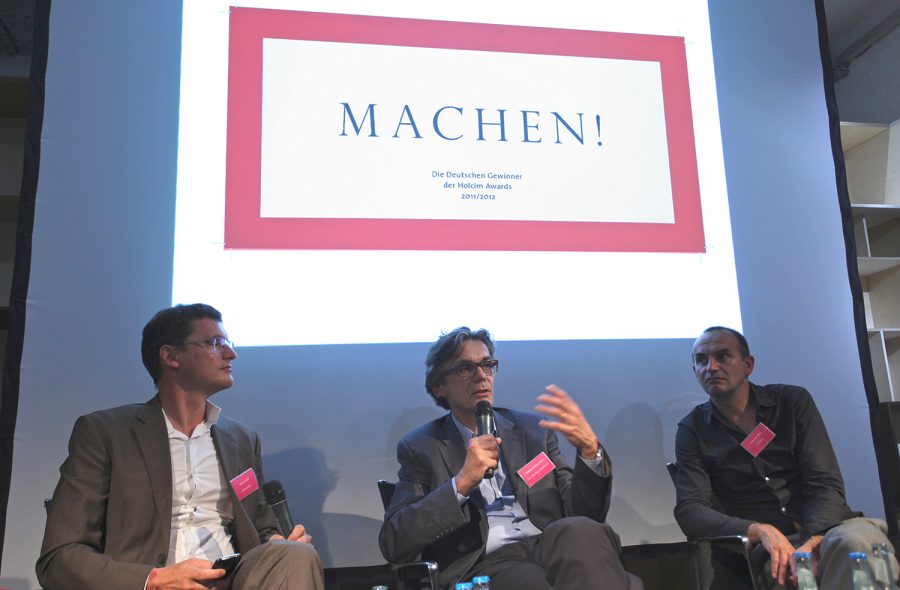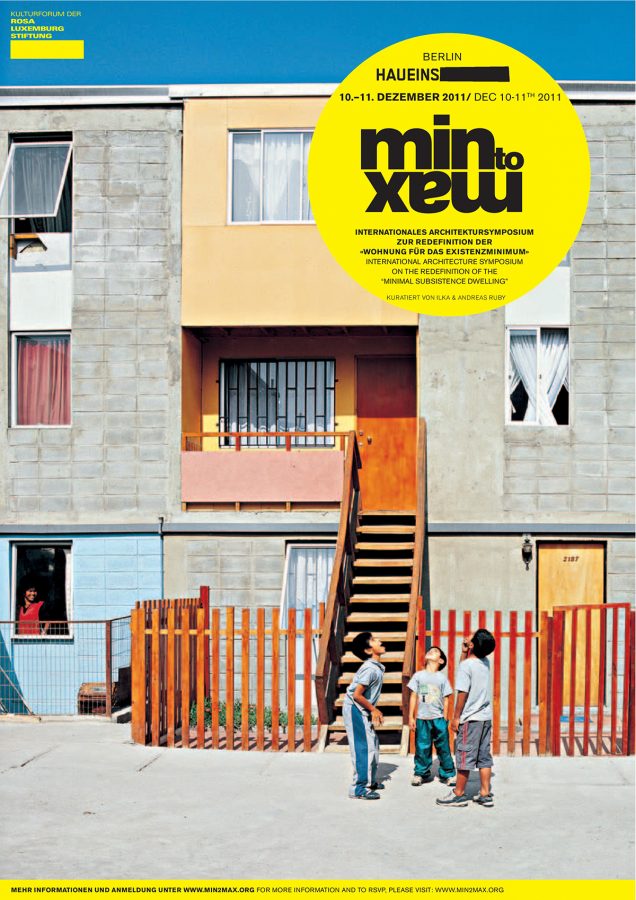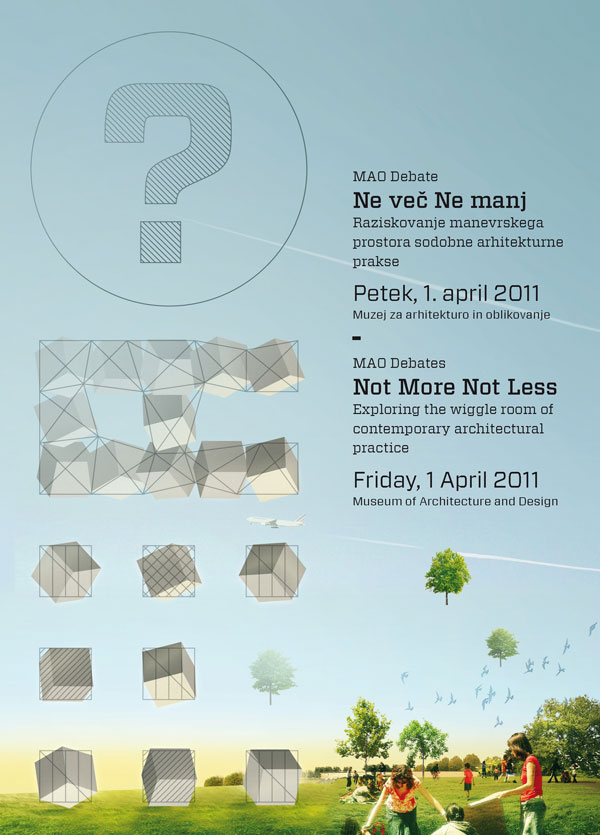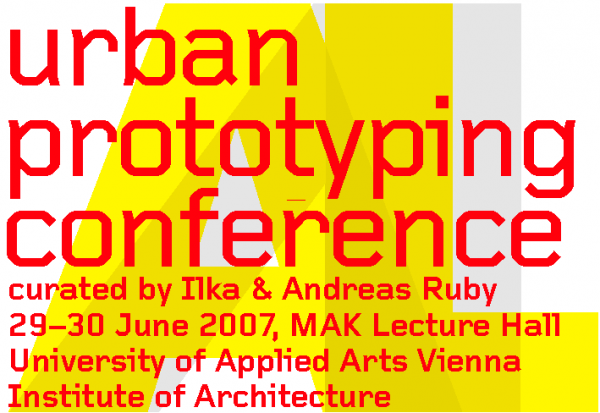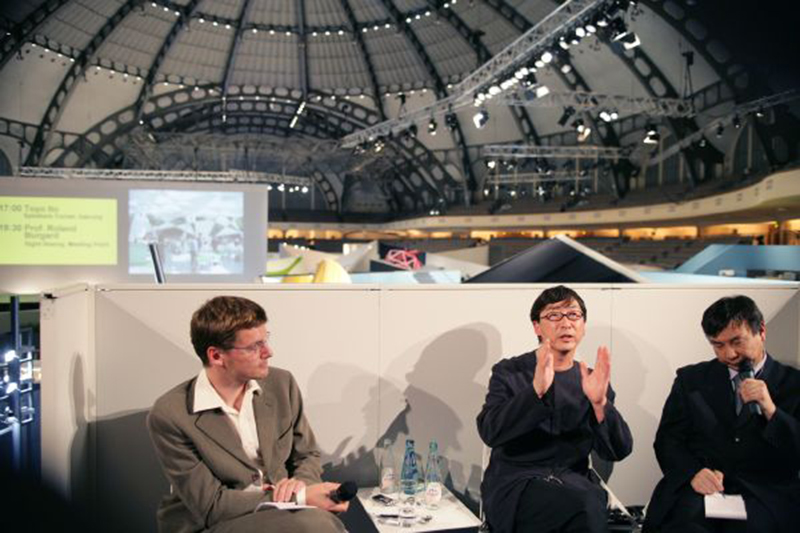-
Flussbad Talks
Read more.Believe it or not, it does get really hot in Berlin in the summer. And the swimming pools get more than crowded. Wouldn't it be great to have a refreshing quick dip right in the city centre, next to the Museum Island, in the Spree? But how would that be possible whatsoever? The project “Flussbad Berlin,” initially developed by realities:united in 2012, calls for a radical approach towards historical urban spaces and a re-appropriation of public space that goes well off beyond the usual notions of sustainability...
-
Architecture in Migration
Read more.What are the cultural effects of migration on architecture? The global movement of large masses of people who have given up or lost their home fundementally challenges the architectural notion of place – what used to be a permanent reference for the migrant turns into a momentary station on a longer journey...
-
MACHEN! lecture series
Read more.Walls cast out of adobe and lightweight concrete; ceilings crafted using bamboo and wood; a reed-based filtration system capable of transforming the River Spree into a swimming pool: the exhibition MACHEN! presented six projects that conceive of sustainability not as a mere technological embellishment, but as a key design principle. The parallel MACHEN! lecture series gave the audience the chance to gain insight of these projects firsthand, as the creators got to present and discuss on their awarded work in three sessions...
-
min to max
Read more.As cost of living increases in Berlin, and in other cities around the world, demand for affordable housing becomes even more pressing. In search of new strategies for housing, Min to Max revisits a crucial development of early Modernism: the Minimum Subsistence Dwelling (Die Wohnung für das Existenzminimum). Formulated at the 2nd CIAM conference, held in Frankfurt in 1929, this doctrine intended to improve living conditions for the working poor by establishing a minimum standard necessary for dignified living...
-
Not More Not Less
Read more.With regard to its immanent powers, architecture today seems to be both under-challenged and over-charged at the same time. This biomorphic paradigm has reduced architecture’s potential to just dealing with issues concerning geometry, form-making, and manufacturing, whilst depriving it of any political impact. On the other hand, there is a programmatic notion of practice which reduces architecture to a predominantly political project, ignoring the fact that a building must eventually embody its contents through its tectonic and formal definition...
-
Urban Prototyping
Read more.As there is no normative concept of city anymore, there is no normative concept of city-planning either. On the one hand, we see a landslide victory of the masterplan particularly in Asia with its seemingly unstoppable demand for instant cities to be planned and built from scratch in periods of 5-10 years. On the other hand, the masterplan easily finds its limits in situations where the city is essentially built already, yet still needs to be able to change and adapt to contemporary developments - such as in most saturated urban environments in Europe, but part of Asia too...
-
Urban Moods
Read more.The notion of "urban" is arguably one of the hot keys of contemporary culture. It’s become the synonym of cool and serves as Zeitgeist indicator of lifestyle, music, food, fashion and design. Yet precisely what urban means with regard to urbanism and the city has become increasingly vague. Depending on specific geographic, climatic, economic and cultural conditions, there are many, and often radically conflicting, implications of "urban" developments...

